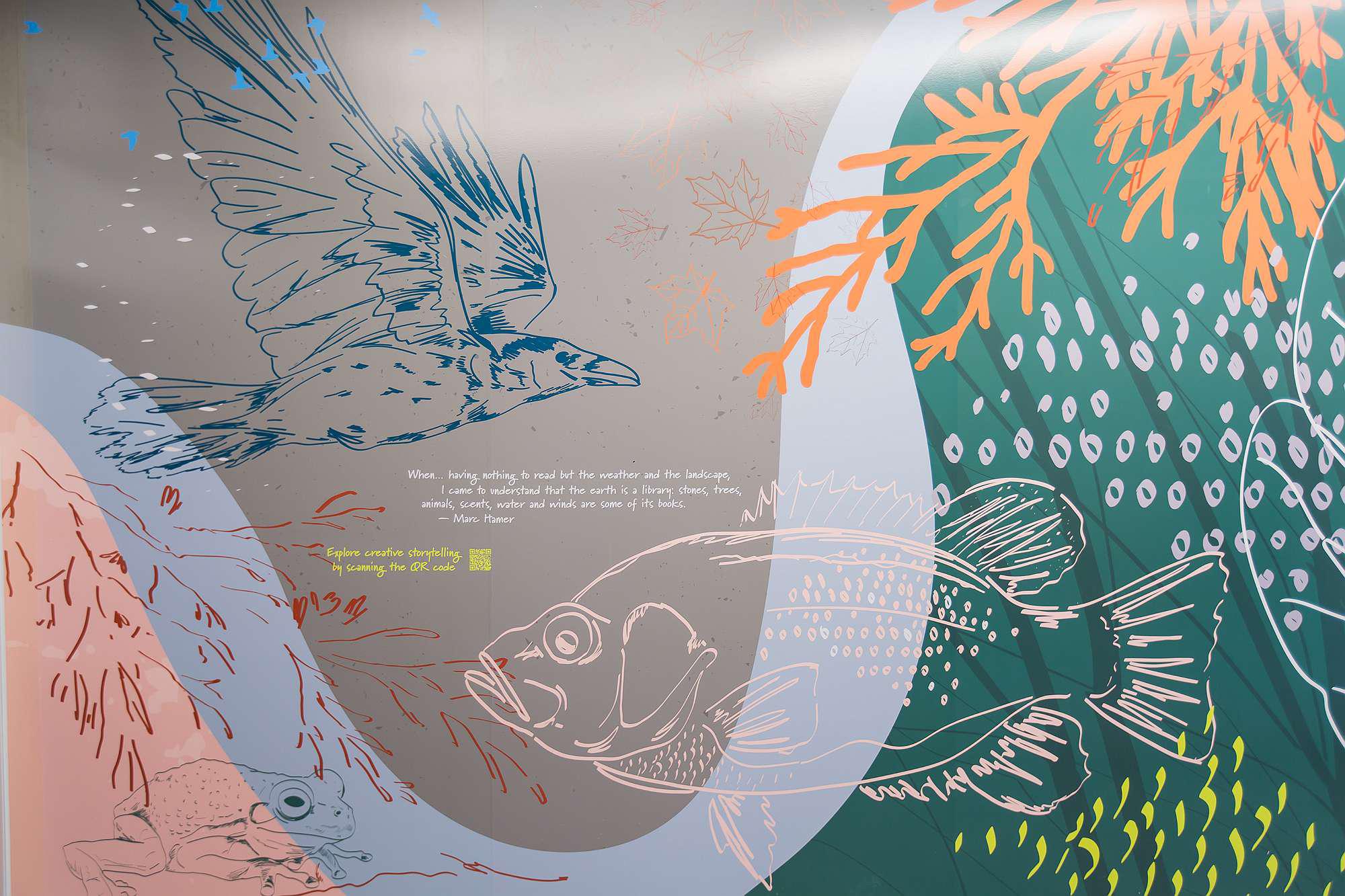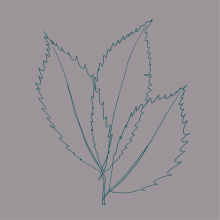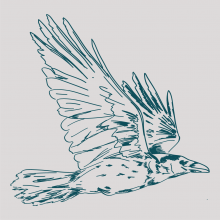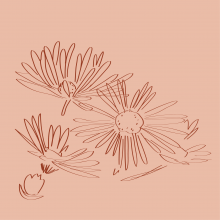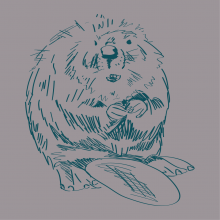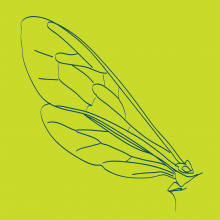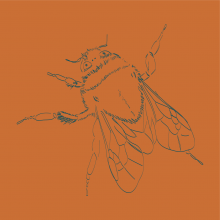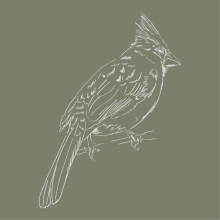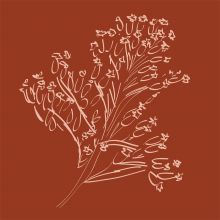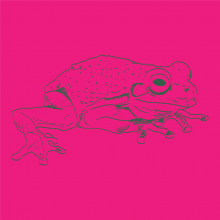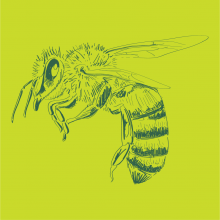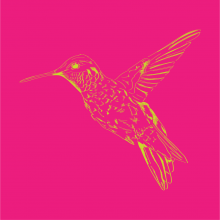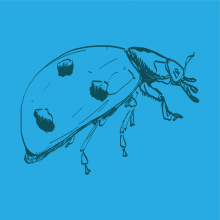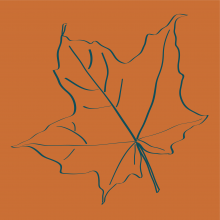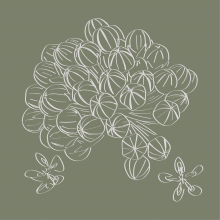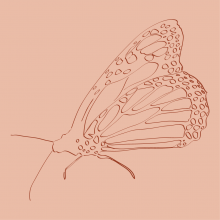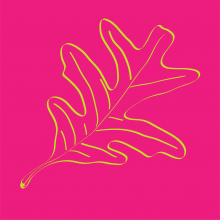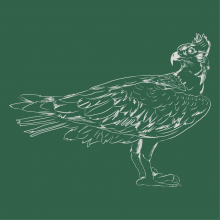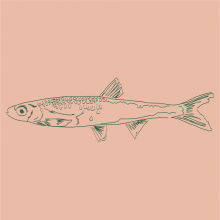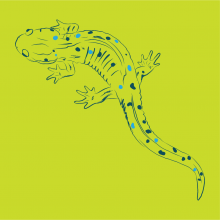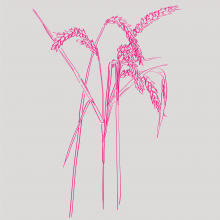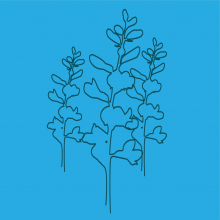Discover the History of the Land
Long before shovels broke ground for the Eastside Branch, the land was alive with purpose. The Grand River flowing nearby was a source of life for early Indigenous people. The river provided fresh water and fertile hunting grounds for the Attawandaron, Anishinaabe and Haudenosaunee people.
Many early villages were surrounded by crops of corn, beans and squash. White pines shaded their paths and reminded the Haudenosaunee people of the peace they shared within their confederacy.
Indigenous people were the first to build their lives on the land we know as Waterloo Region. Their way of life followed the rhythms of the seasons and changing landscapes which allowed these nations to thrive for many years.
In 1820, the land surrounding the Eastside Branch was purchased sight unseen by David Martin, a Mennonite living in Pennsylvania. With only the hope of a better future, David and Maria Martin made the difficult journey to Canada with their twelve children.
When the Martin family arrived, they were greeted by the sound of the Grand River flowing along the border of their land and the sight of many, many trees. The black maples, bur oaks and basswood trees would be a source of heavy labour, but also an invaluable resource. The Martin family began the long process of clearing the land and used the fallen trees to build their first home—a log cabin. The log cabin was strategically built near freshwater springs that were fed by the Grand River.
As the Martin children grew up, the Mennonite way of life continued as the farm passed from one generation to the next. Orchard trees were planted and animals grazed the land. In 1856, the log cabin was replaced with a yellow brick home that still stands today. Other outbuildings such as a doddy house, schnitz house (used for apple drying), corn crib, butchering shed and sugar shack were built over the six generations of Martin ownership.
Elam Martin, David Martin’s great-great-great-grandson, was the last Martin to own the farm before it was sold to the City of Waterloo.
In 1999, the city announced its plan to build a recreation park to celebrate the new millennium. The land around the Martin farm was selected for the project, and the farm became a special feature in the park plans. In 2001, the Elam Martin Farmstead was given a protective historical designation, and RIM Park opened to the public.
Just over 20 years later, the Eastside Branch of the Waterloo Public Library opened its doors and another new chapter began.


